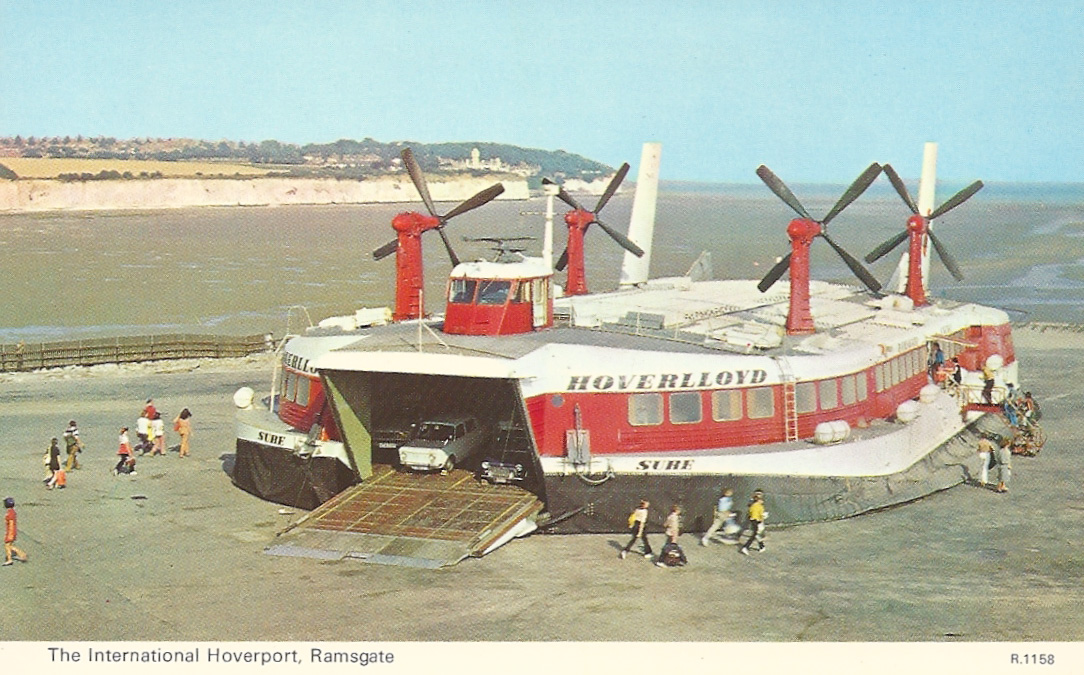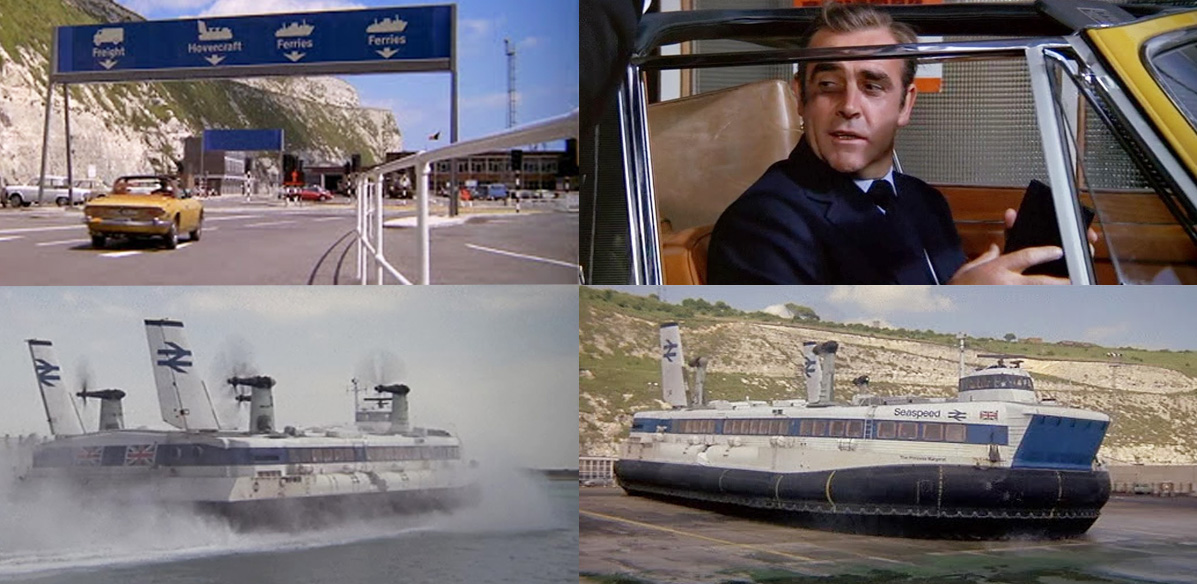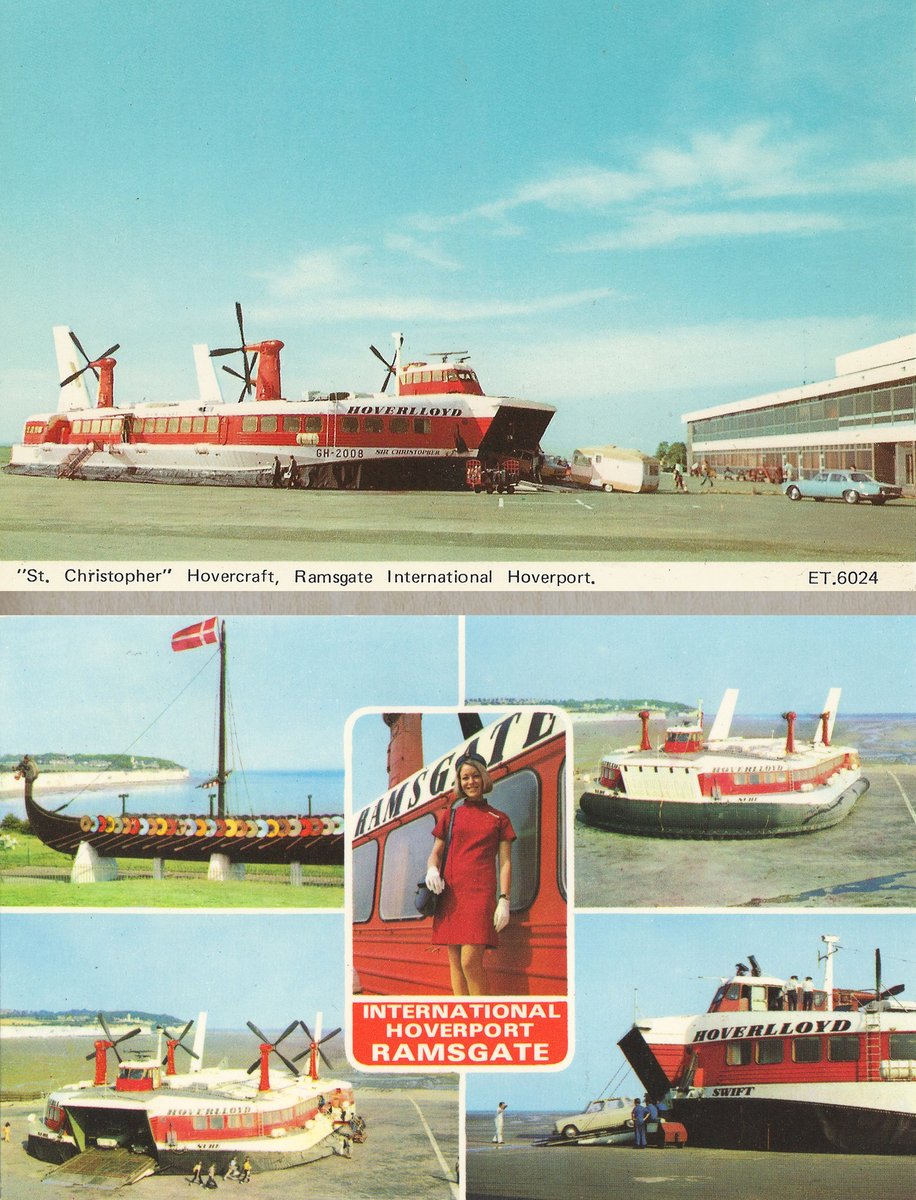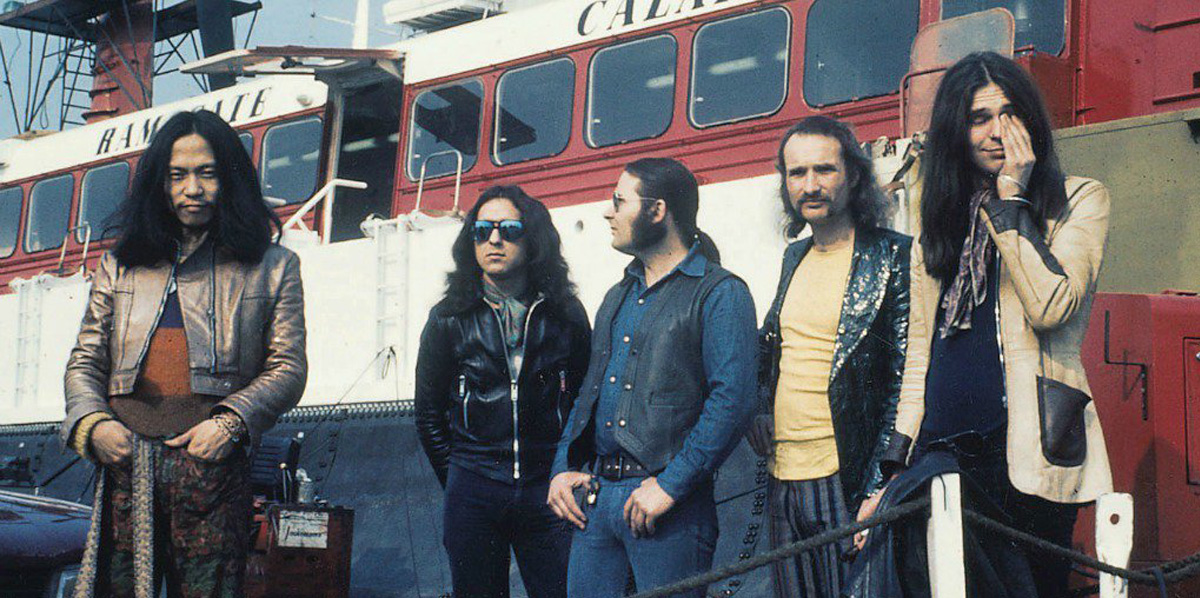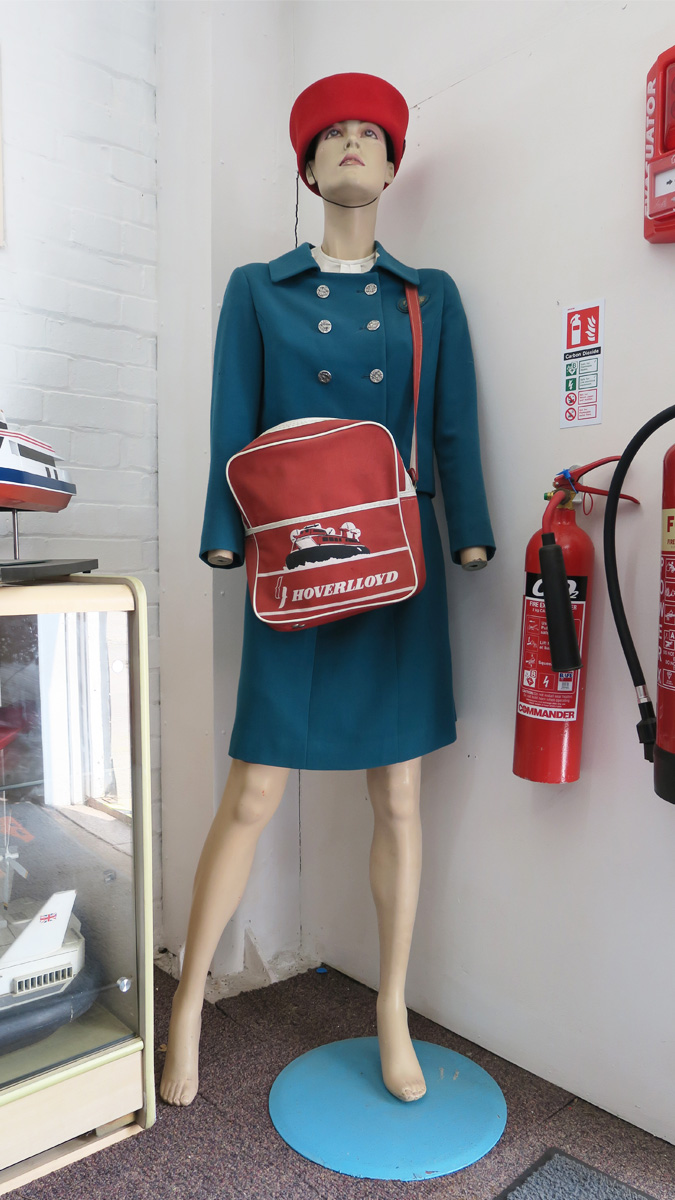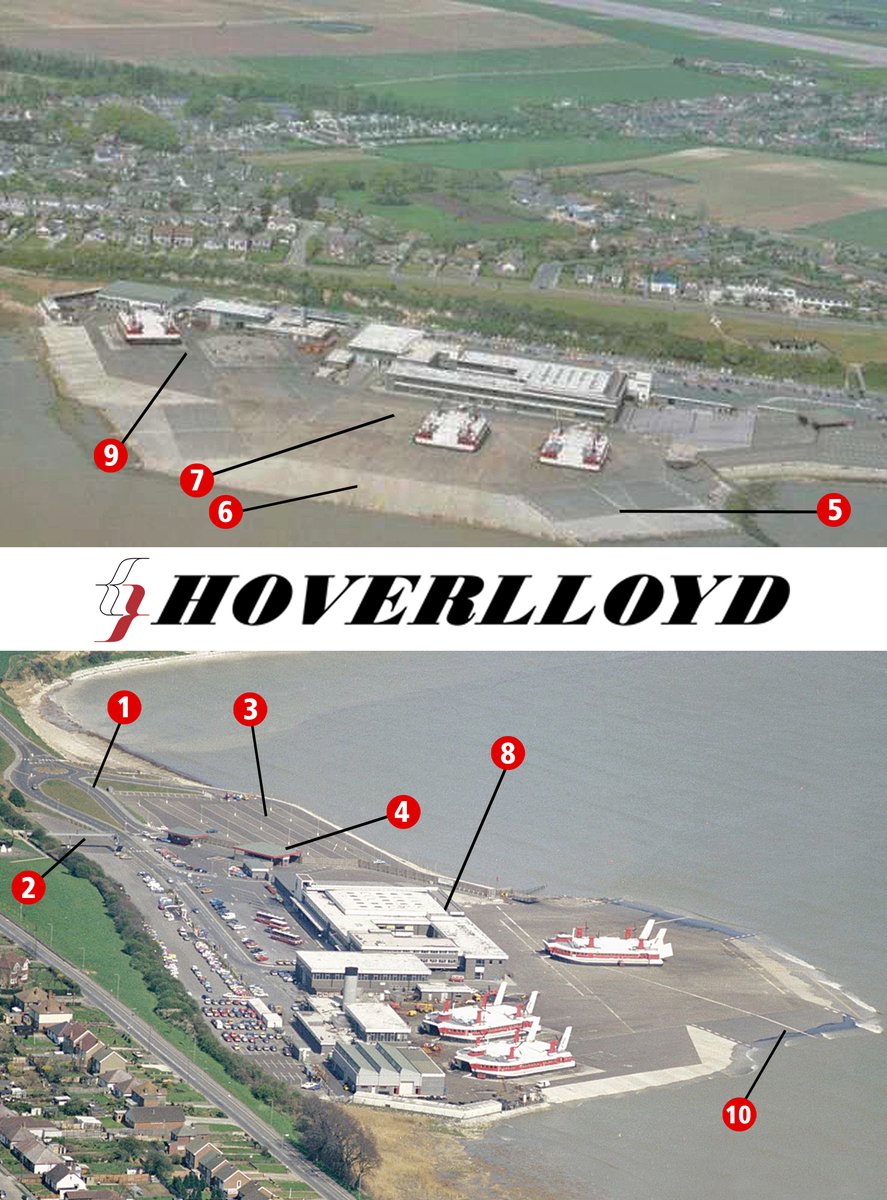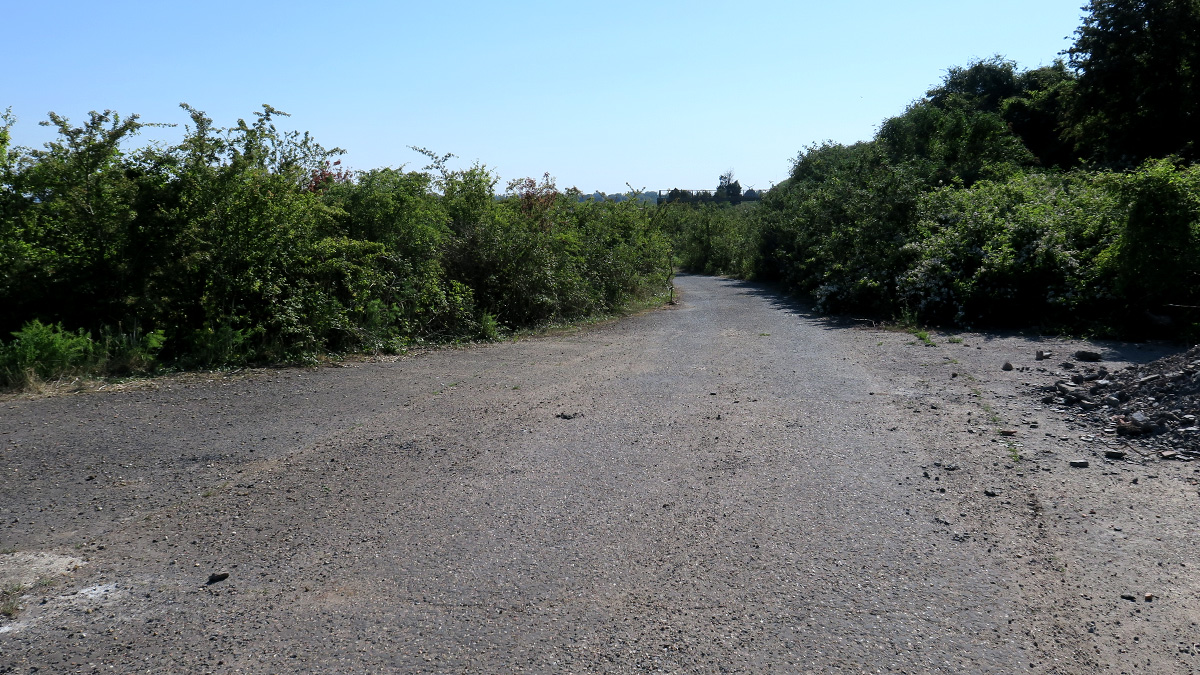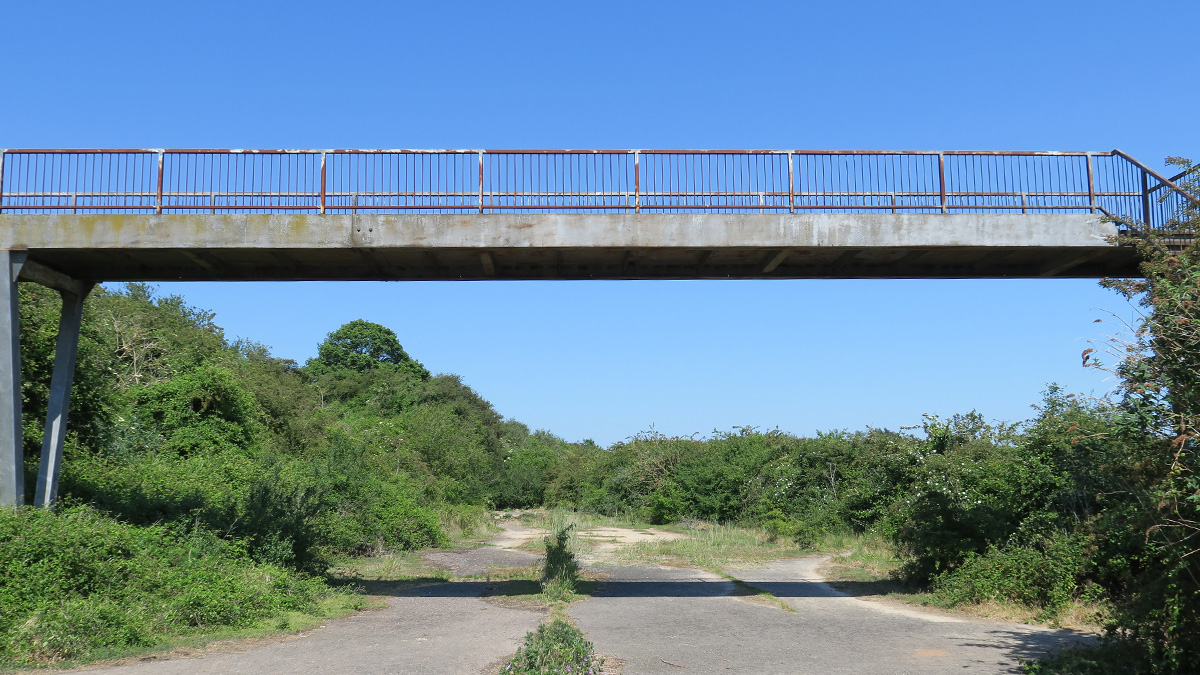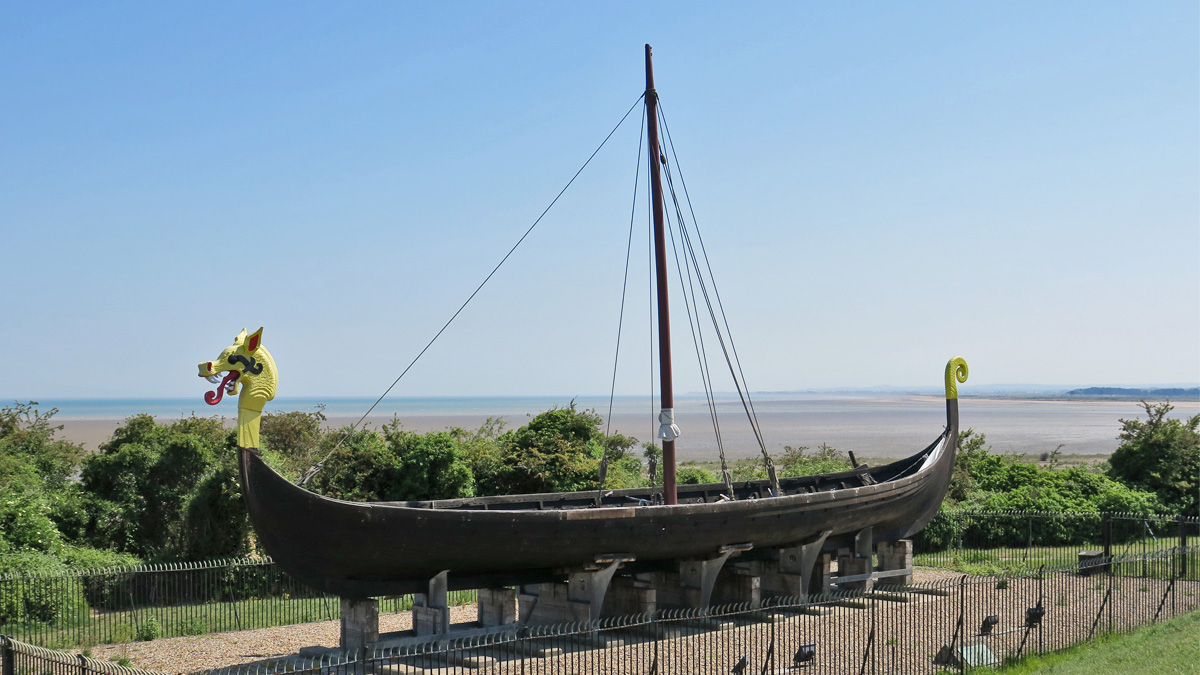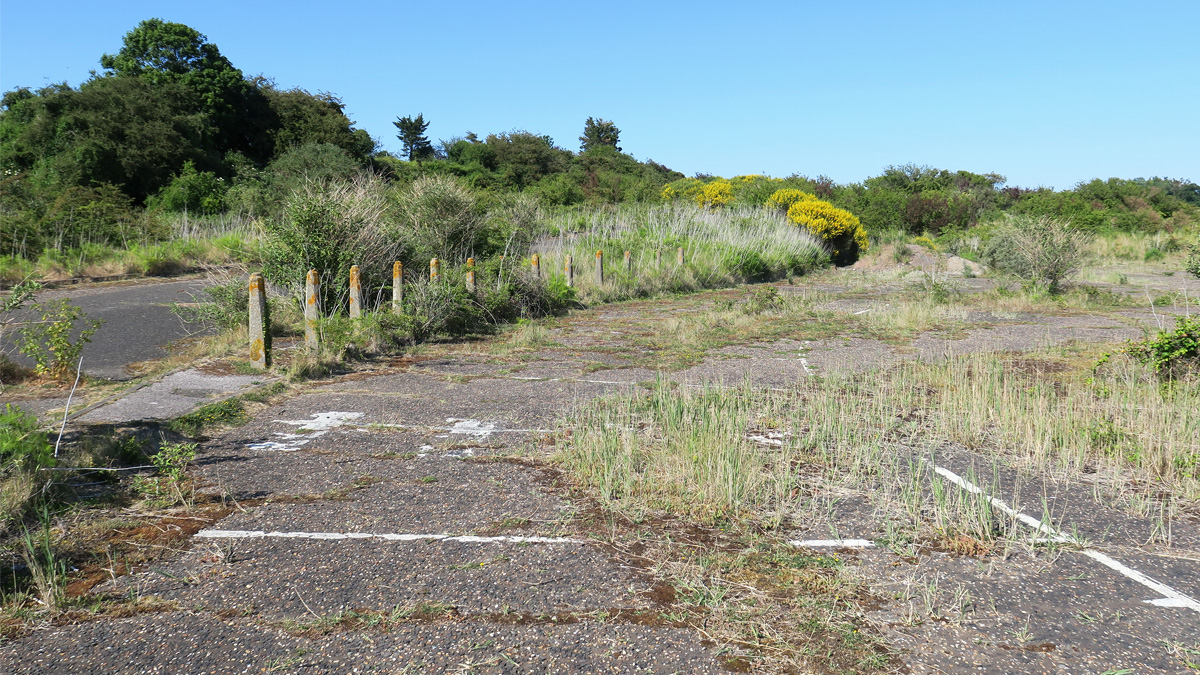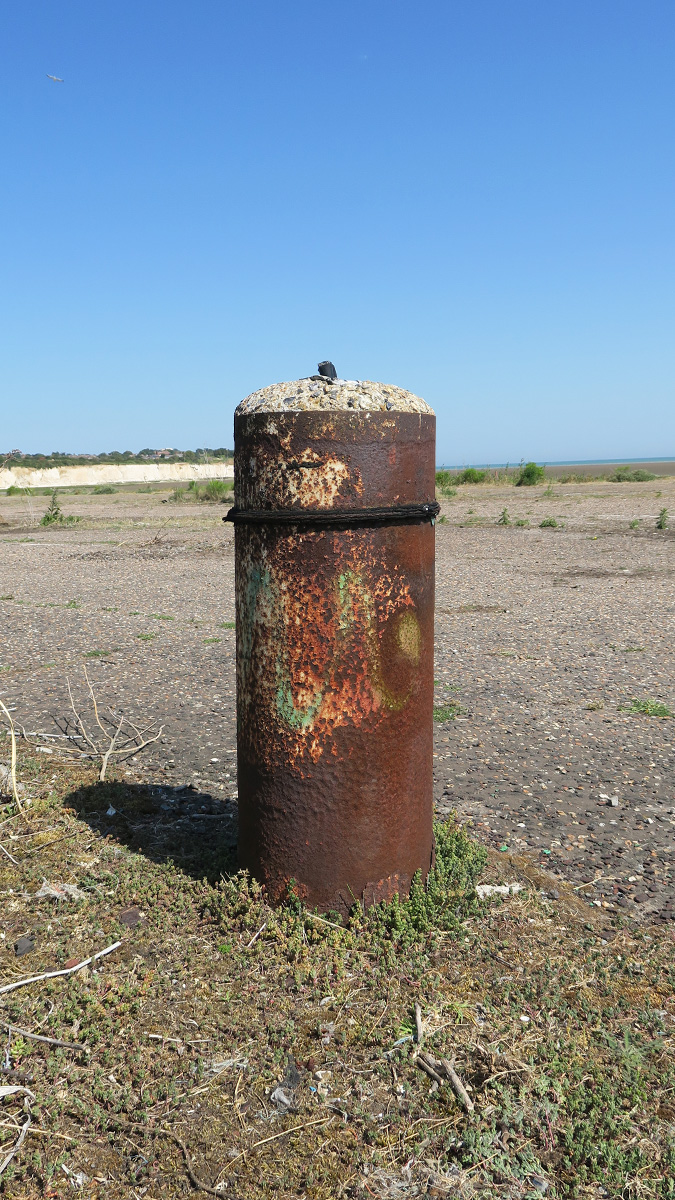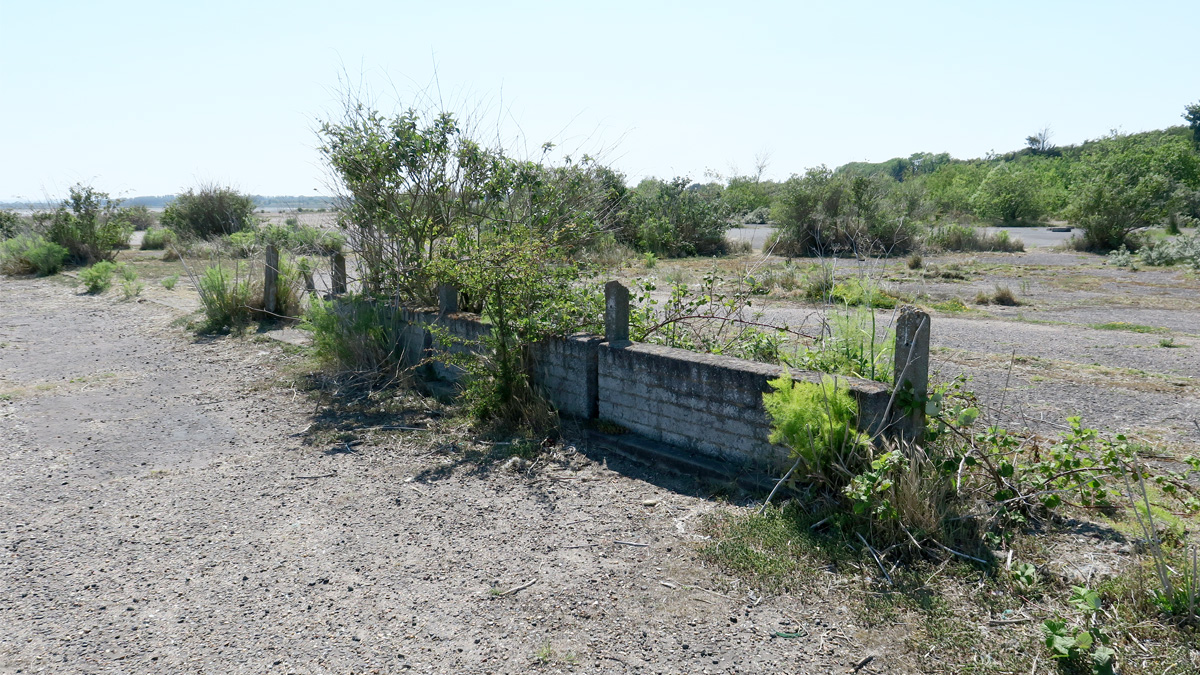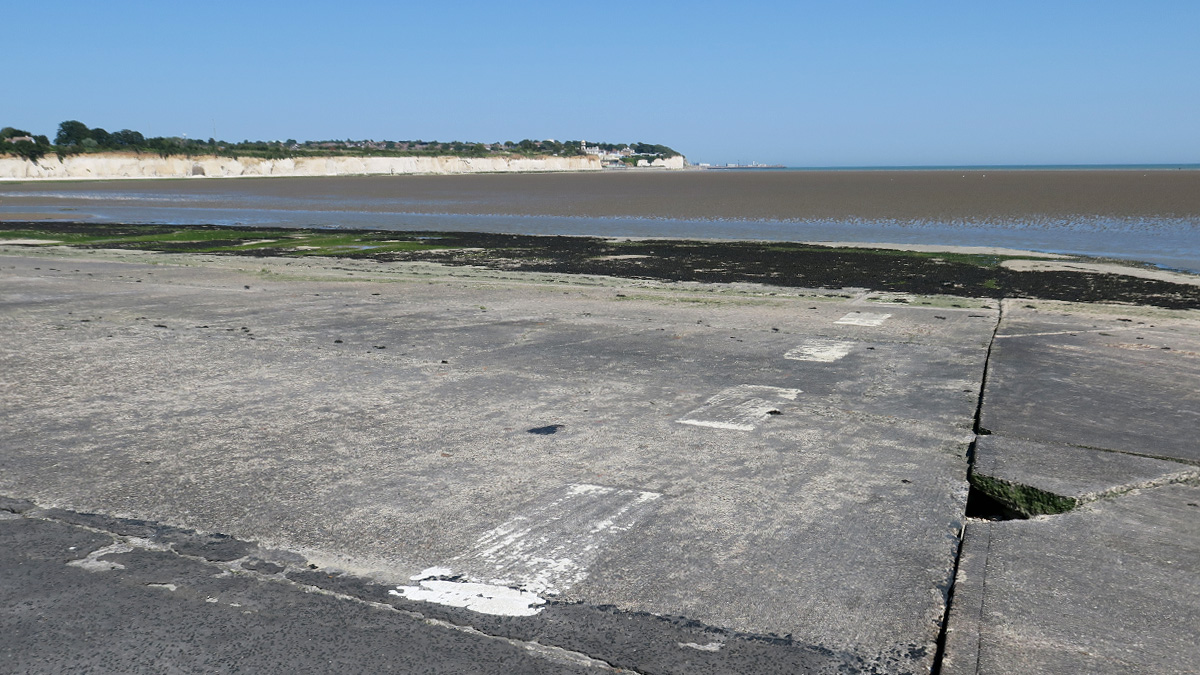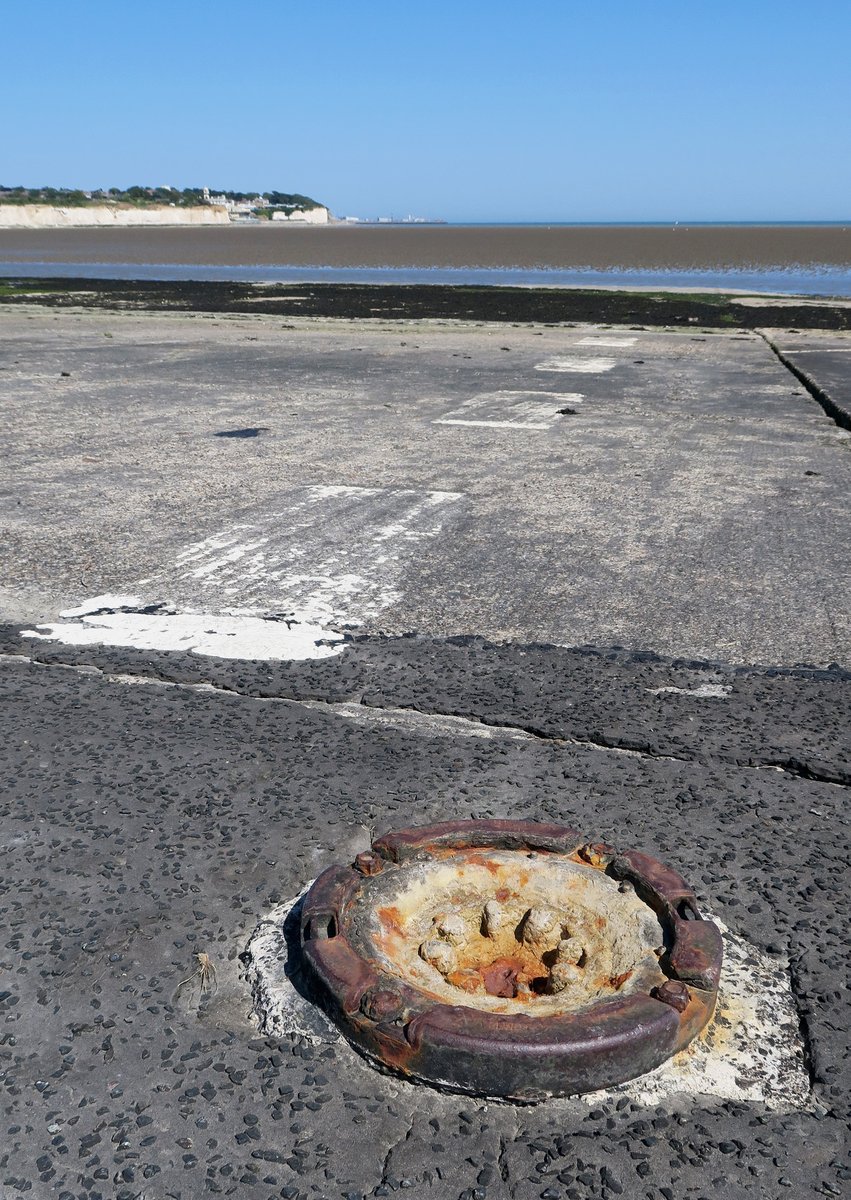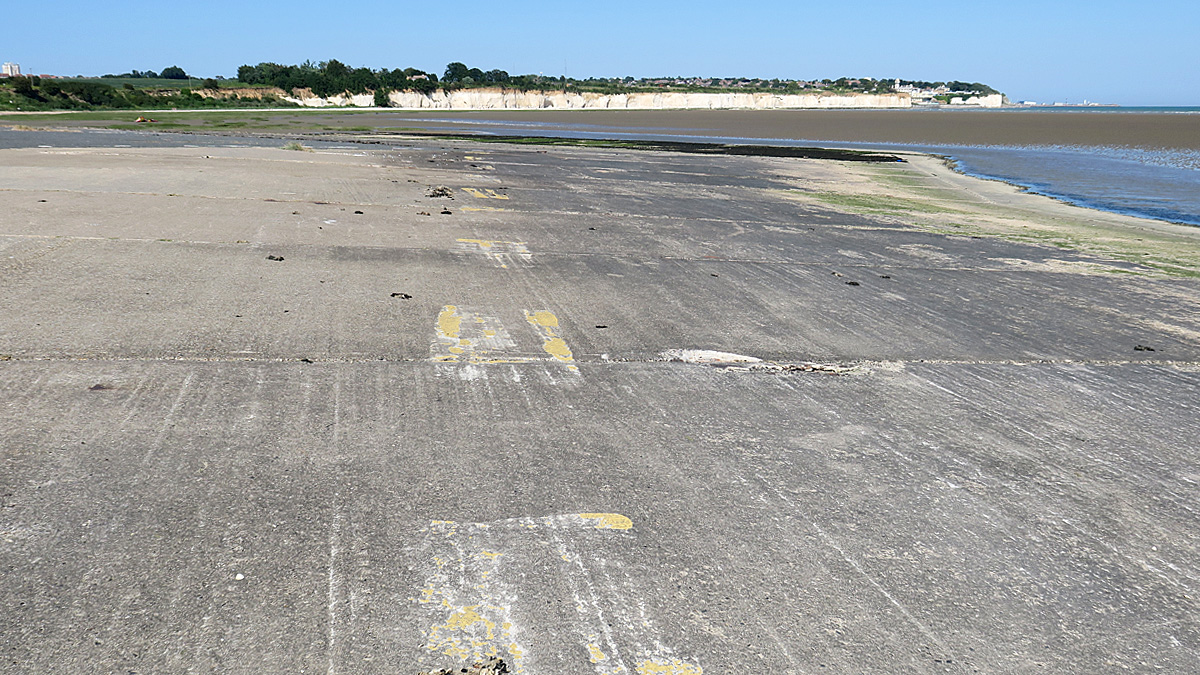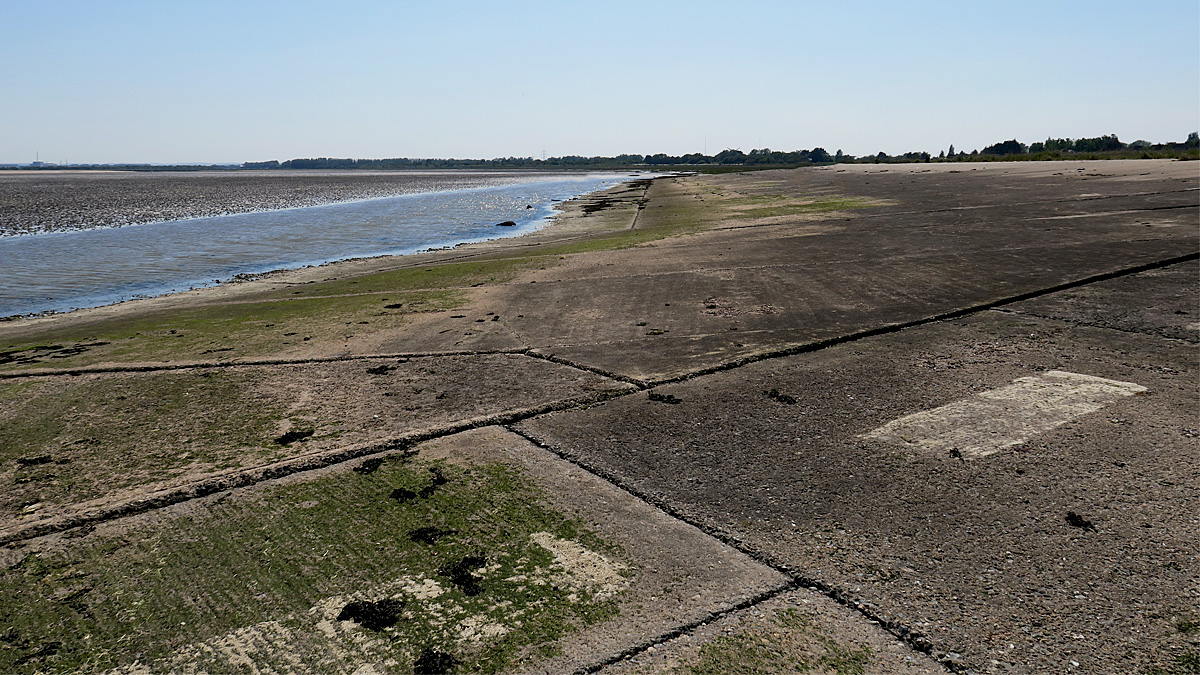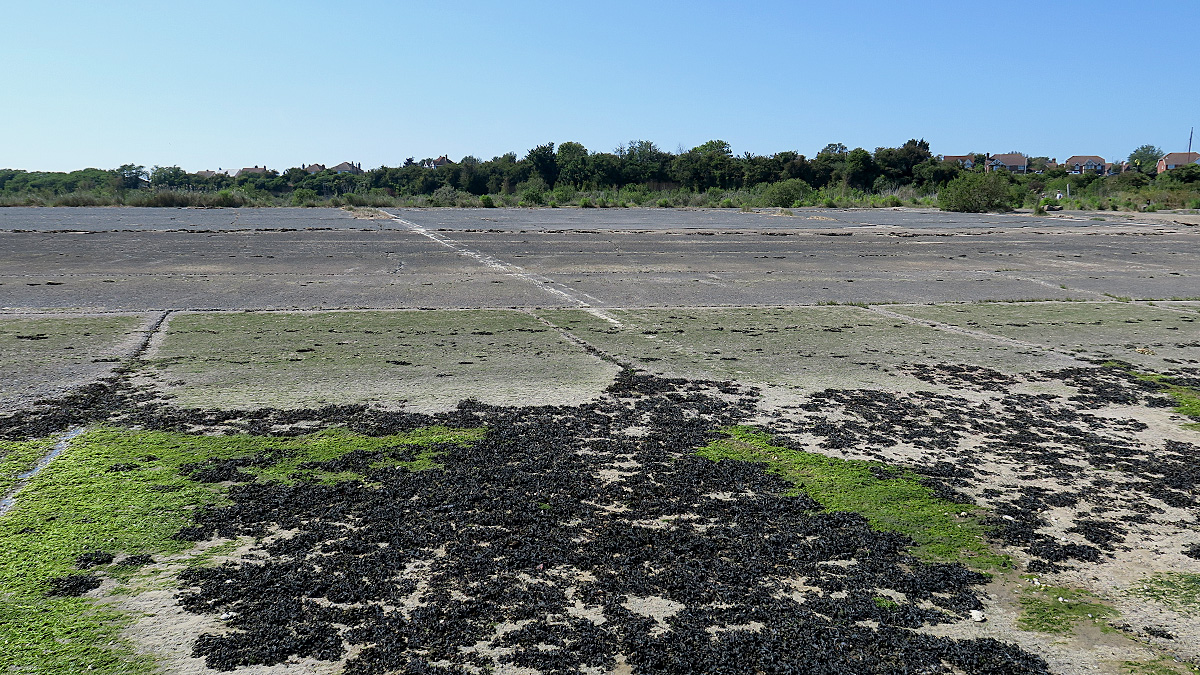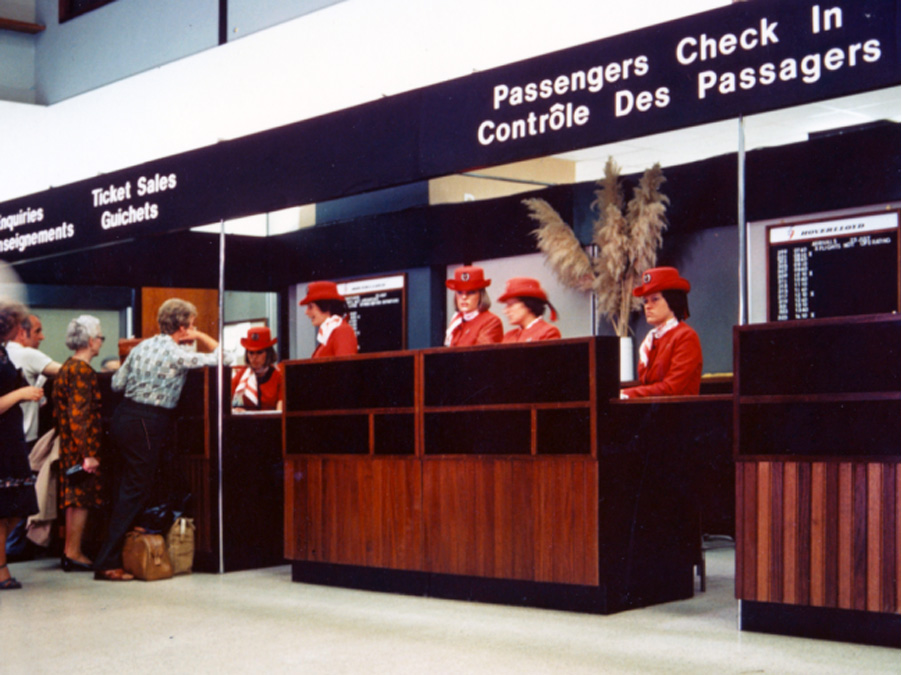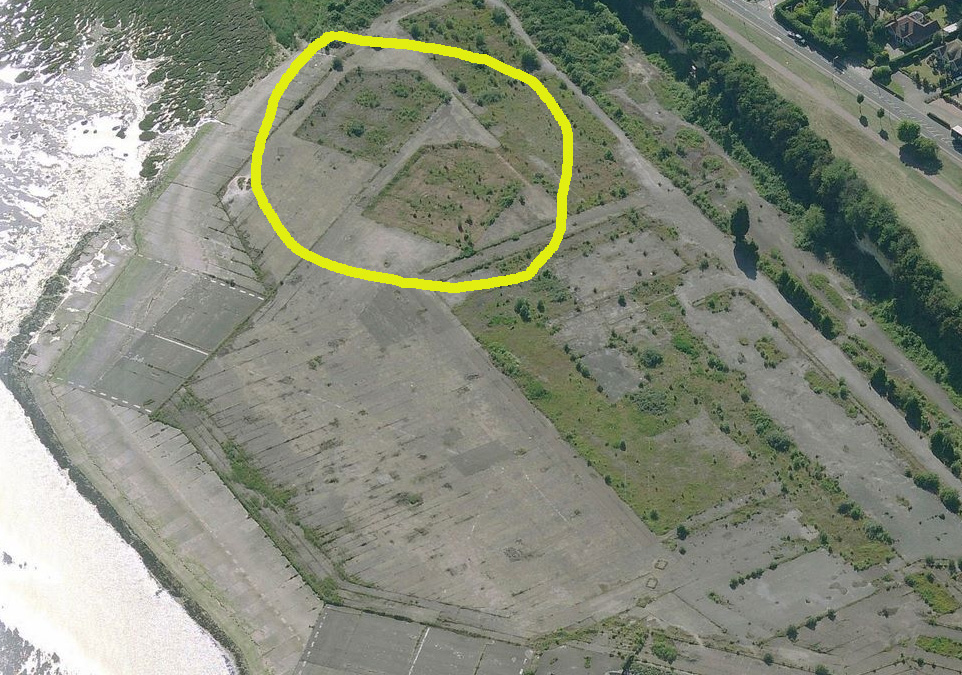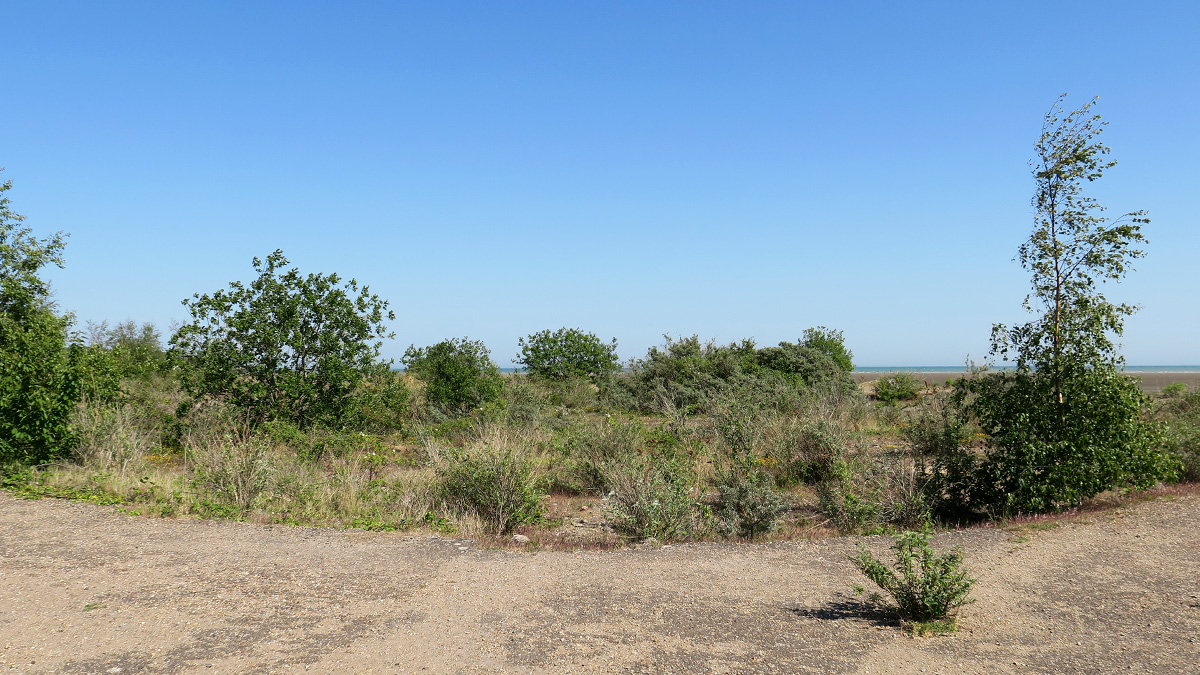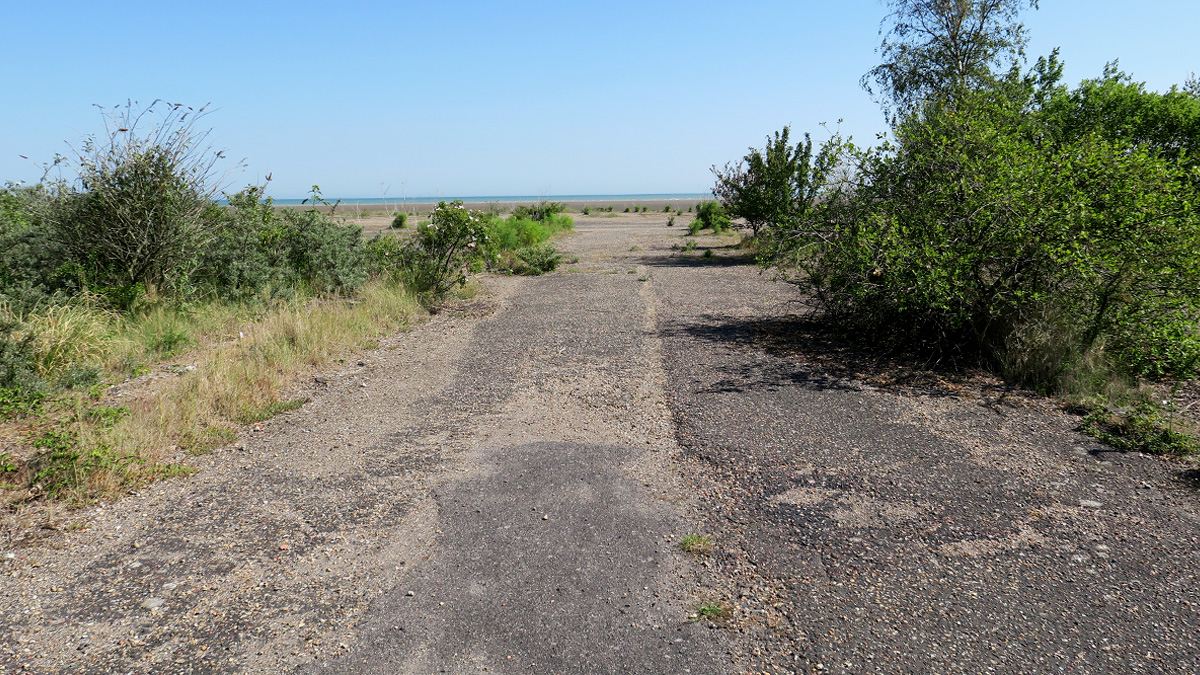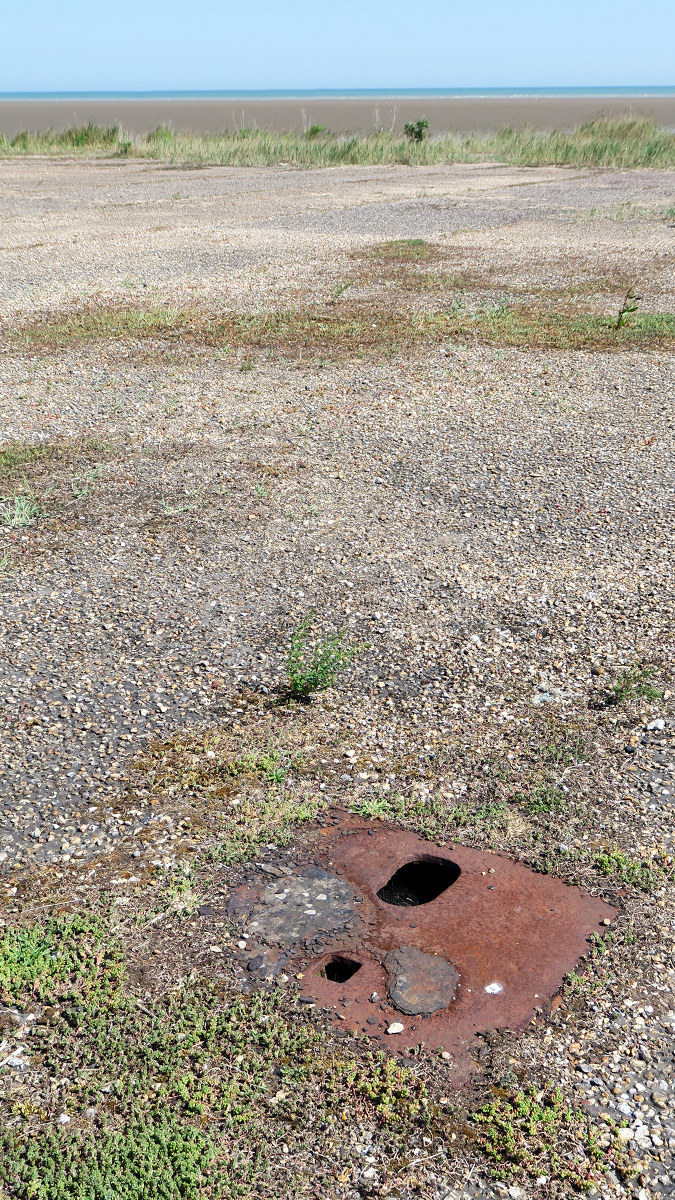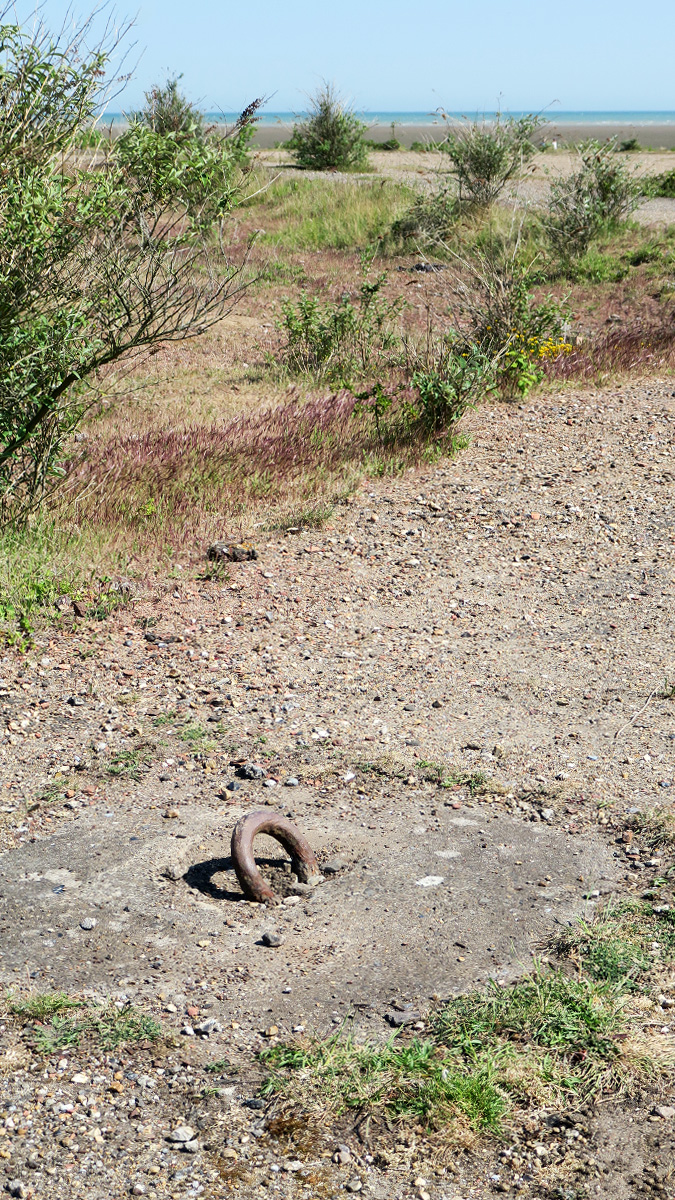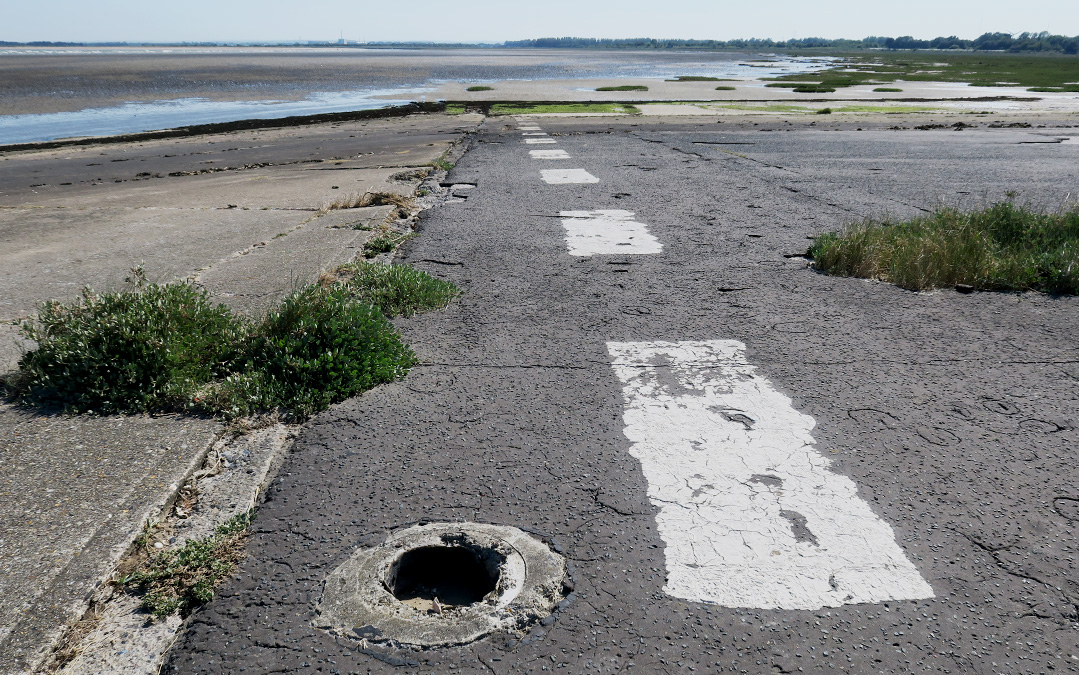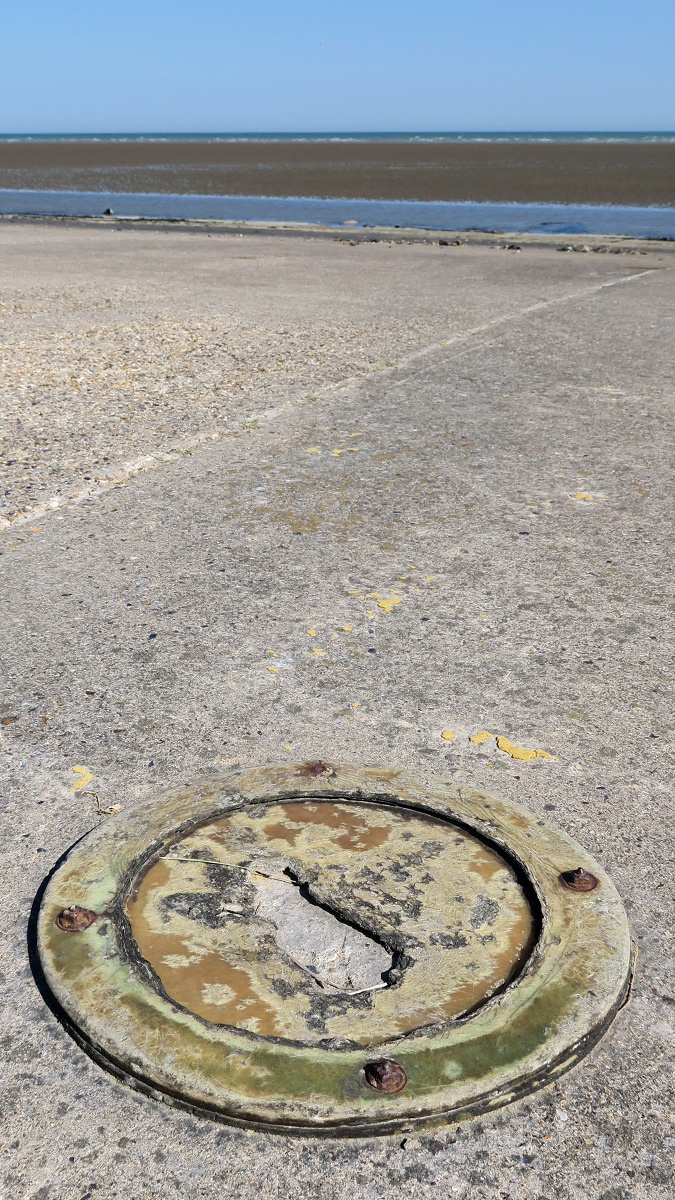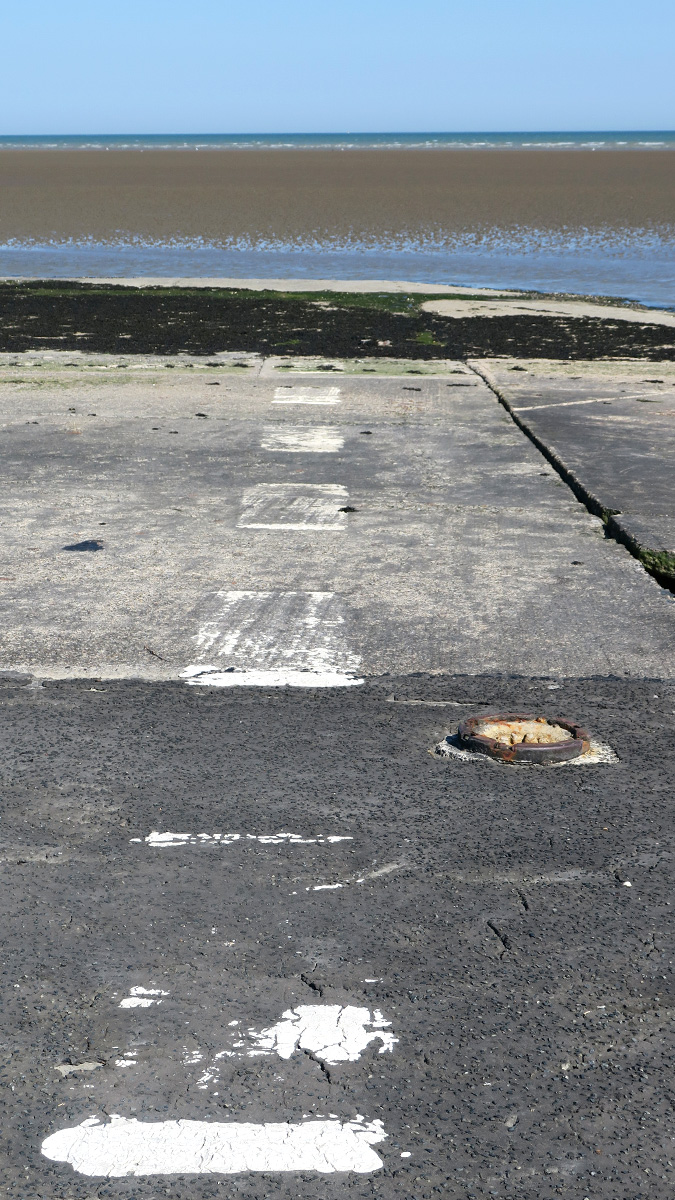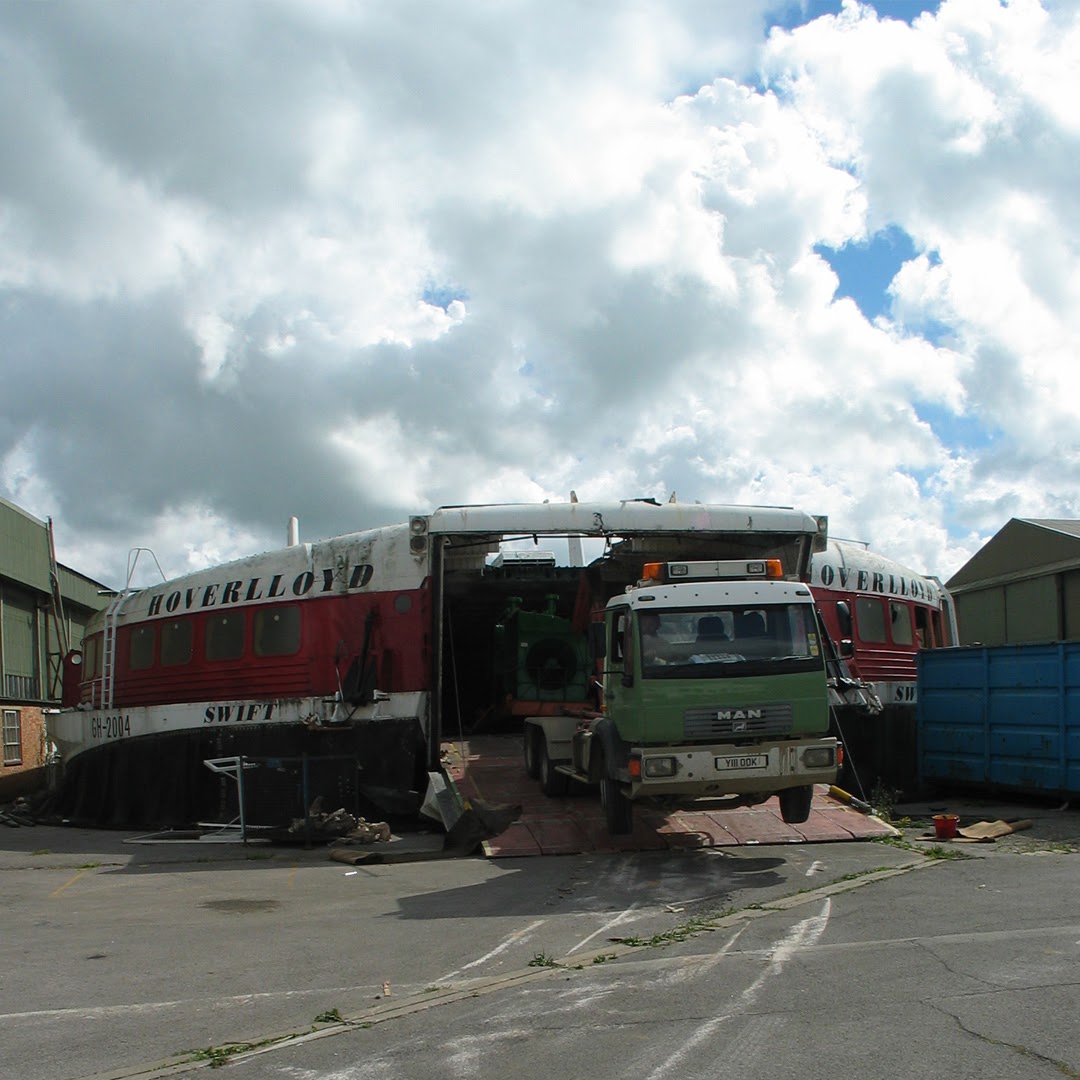Here’s a little thread exploring the old cross-channel hovercraft port in Pegwell Bay Kent. It’s a bit long, so sorry about that, but I hope you like it.
Remember hovercrafts? They were the future in the 60s. Even James Bond went on one in Diamonds are Forever (although he left from Dover not Pegwell Bay).
But Pegwell Bay is the place we’re going to look at here. It was known as Ramsgate International Hoverport and was opened in 1969 (by Prince Philip). The Swedish company Hoverlloyd operated their fleet of four enormous SR.N4 cross channel beasts from here.
Hoverlloyd liked to brand itself the more ‘sexy’ alternative to British Rail’s Seaspeed (who operated from Dover). So much so that when German experimental rockers ‘Can’ decided to take the hovercraft in 1972 they chose Hoverlloyd and Ramsgate.
I said sexy, didn’t I? Well, try not to get too aroused by this Hoverlloyd uniform on show at the Hovercraft Museum in Lee-on-the-Solent, Hampshire.
Sadly, the seemingly winning combination of sexiness & Can wasn’t enough for Hoverlloyd & by 1981 the company had merged with Seaspeed (to create Hoverspeed). Ramsgate Hoverport soon became redundant & officially closed in 1987.
Today, the buildings are long gone and the area is a nature reserve. But whilst the vast concrete apron and slipways (runways?) remain there are also the smaller signs of a once-bustling international terminal.
To make things easier on this exploration I’ll use these photos as the master document (I’ve used two photos here because each highlights a different area more clearly). The numbers refer to the area I’m writing about and the attached photos.
So starting from the eastern end, Point 1 are the access roads into the terminal. Photo 1 shows the most southerly access road to the car park. Photo 2 shows the main road to the car park (where the black line on the mastersheet comes down).
Point 2 on the mastersheet is the old footbridge. This is about the only piece of the old terminal still there in its entirety. You entered the footbridge by passing the replica Viking ship ‘Hugin’ (a gift from Denmark in 1949).
At point 3 we move to the car park. The markings from the bays are still visible as are the bases to the lighting lamp posts. It’s also the point where the only surviving evidence of buildings can be found (point 4 on the mastersheet). This was the car check-in centre.
Point 5 is the eastern slipway. This is where the beasts would arrive and depart. Still visible are the painted guidelines and the casing for the slipway lighting.
Point 6 on the mastersheet is the central slipway. Again, the guideline markings are still visible, even 33 years after the port closed.
Point 7 & 8 are the central boarding/departure area and main terminal building. The shrubbery at the rear of the photo is where the building was. It looked a bit different in the early 70s.
Point 9 is the maintenance area. Two hovercraft could be worked on at any one time here. What’s interesting is that the bays for hovercraft parking were marked out and they are still visible (as can be seen in this aerial shot).
From ground level photo 1 shows where the front of a hovercraft undergoing maintenance would have been. Photo 2 shows the small passageway that would have run between the two hovercraft in maintenance.
The final section (point 10 on the mastersheet) is the western slipway. Again guidelines and casings for lamps are still clearly visible.
And that’s our little trip around the remains of the Ramsgate International Hoverport. Hope you liked it. Sorry for the really long thread.

 Read on Twitter
Read on Twitter